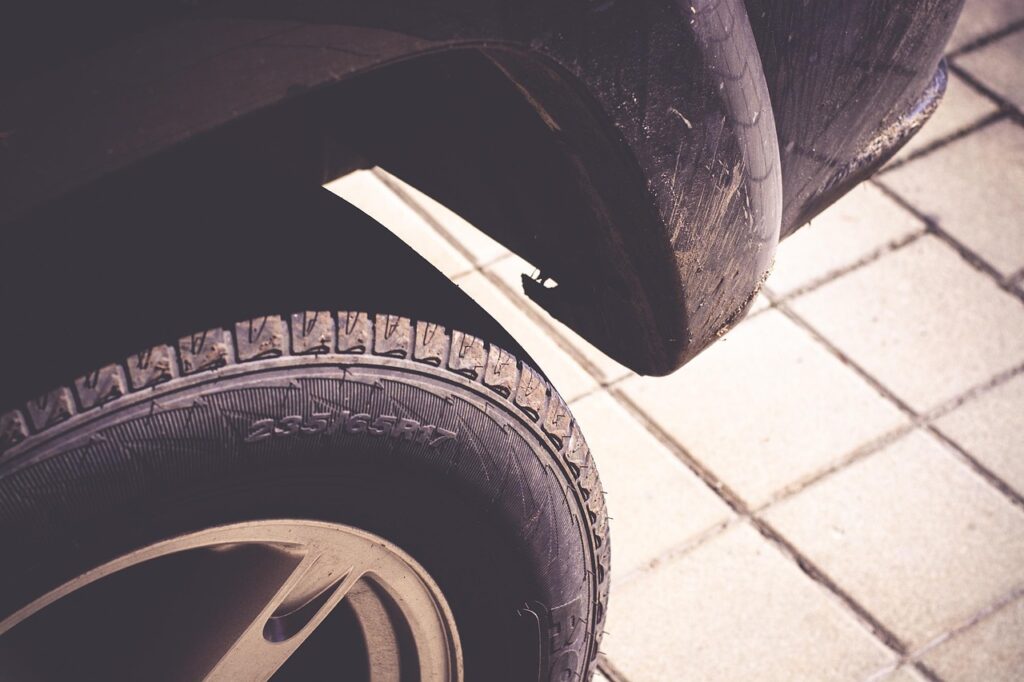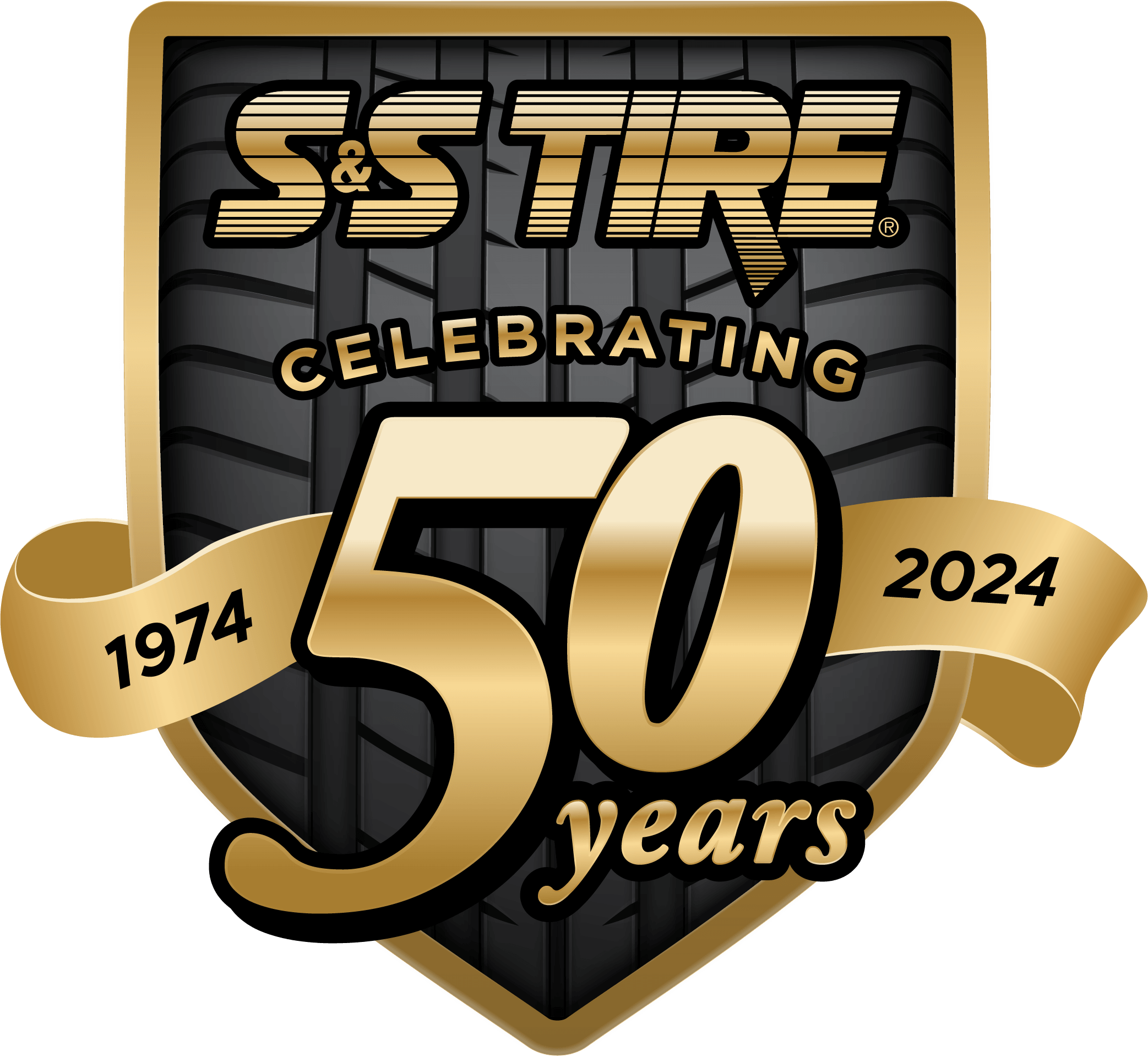Keeping your tires properly inflated to the proper tire pressure is one of the easiest and most important things you can do to keep your car running safely and efficiently. Underinflated tires can reduce fuel efficiency, make your car harder to handle, and even lead to dangerous blowouts.

But what if you don’t have a tire pressure gauge? While having a gauge is the most accurate way to check your tire pressure, there are still ways you can get a good idea of whether your tires are properly inflated. Here’s how you can check your tire pressure without any special tools.
1. Look at Your Tires
A quick visual inspection can tell you a lot. Walk around your car and check each tire for signs of underinflation, such as:
- Tires that look flatter at the bottom than usual
- A bulging sidewall
- Uneven contact with the ground
If your tires appear noticeably deflated compared to a fully inflated tire, they likely need more air.
2. Press on the Tire
You can use your hands or foot to apply pressure to the tire’s sidewall. A properly inflated tire should feel firm and resist pressure. If the tire feels soft or easily compresses, it may be underinflated.
3. Drive and Pay Attention to Handling
An underinflated tire will affect how your car drives. While on the road, watch for these warning signs:
- A sluggish or heavy steering response
- The car pulling slightly to one side
- A rougher ride than usual
- Increased fuel consumption
If your car doesn’t handle as smoothly as usual, one or more tires might need air.
4. Listen for Unusual Sounds
A tire that’s significantly underinflated may make more noise than normal, especially at higher speeds. Listen for a flapping or thudding sound, which can indicate that the tire is too low on air.
5. Compare to Other Tires
If you’re unsure whether a tire is low, compare it to the other tires on your vehicle. If one tire looks lower than the others, it likely needs air.
What to Do If You Think Your Tires are Underinflated
While these methods can give you a rough idea of whether your tire pressure is low, they aren’t as accurate as using a gauge. If you suspect your tire pressure is low, the best thing to do is:
- Stop by a gas station with an air pump. Many gas stations have tire pressure gauges built into their air machines.
- Ask a mechanic or a friend with a tire pressure gauge to check it for you.
- Consider investing in an inexpensive tire pressure gauge—it’s a handy tool to keep in your glove box.
For the best results, it’s a good idea to check your tire pressure with a proper tool regularly. However, if you don’t have one on hand, these simple tricks can help keep you safe on the road.
